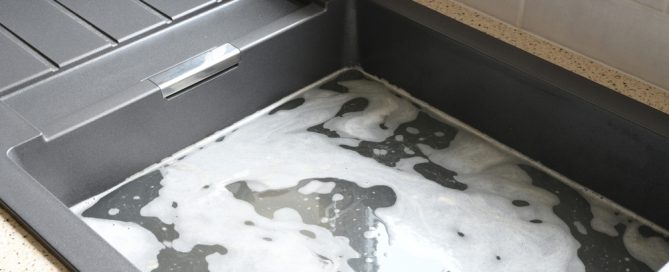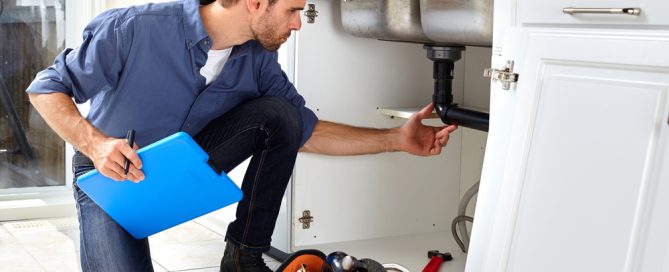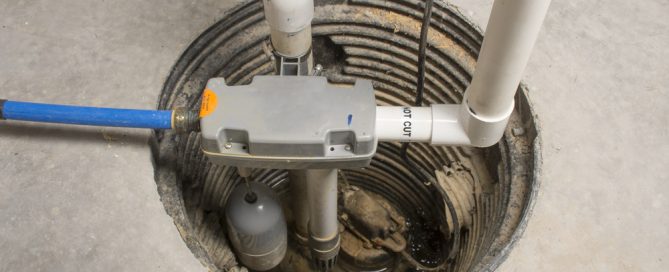10 Plumbing Maintenance Tips Every Homeowner Should Know
These 10 expert plumbing maintenance tips can help you prevent problems before they start. From easy checks to smart seasonal prep, learn how to keep your home's plumbing in peak condition year-round.










